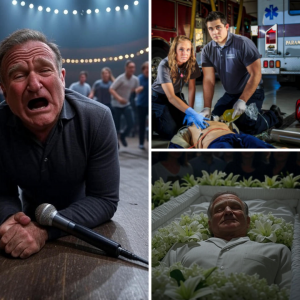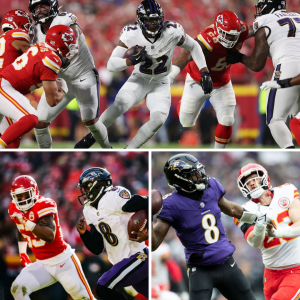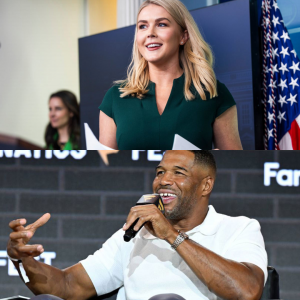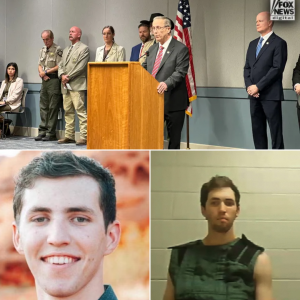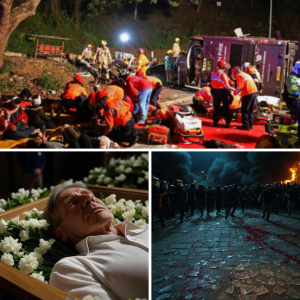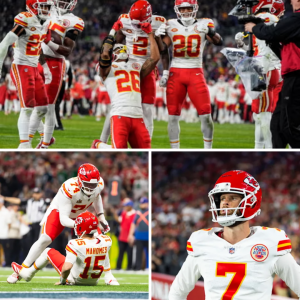They represent the classic final piece which led to a championship, or three, actually.
When the dogs were barking, those dobermans, that is.
When your heart skipped a beat and his never missed a beat with some of the most clutch shots in NBA history.
When you were drawn a picture of the greatest days and nights of your sporting fan life, and when for those 48 minutes all you witnessed was the intensity.
They are the six honorees set to be enshrined November 22nd in the Bulls Ring of Honor:
Norm Van Lier
John Paxson
Horace Grant
Bill Cartwright
Neil Funk
Johnny Bach
Famed players, a broadcaster and coach who constituted some of the best and brightest of Bulls basketball.
They make up the second class of the Bulls franchise’s Ring of Honor, which starting with the inaugural class enshrined in January 2024 recognizes the best to having done it for the Bulls. The first class acknowledged the contributions and excellence of Michael Jordan, Scottie Pippen, Phil Jackson, Jerry Sloan, Chet Walker, Bob Love, Artis Gilmore, Jerry Krause, Johnny Kerr, Dennis Rodman, Toni Kukoc, Tex Winter, Dick Klein and the 72-win 1995-96 dominant championship team.
Here’s a look at the honorees for this class:
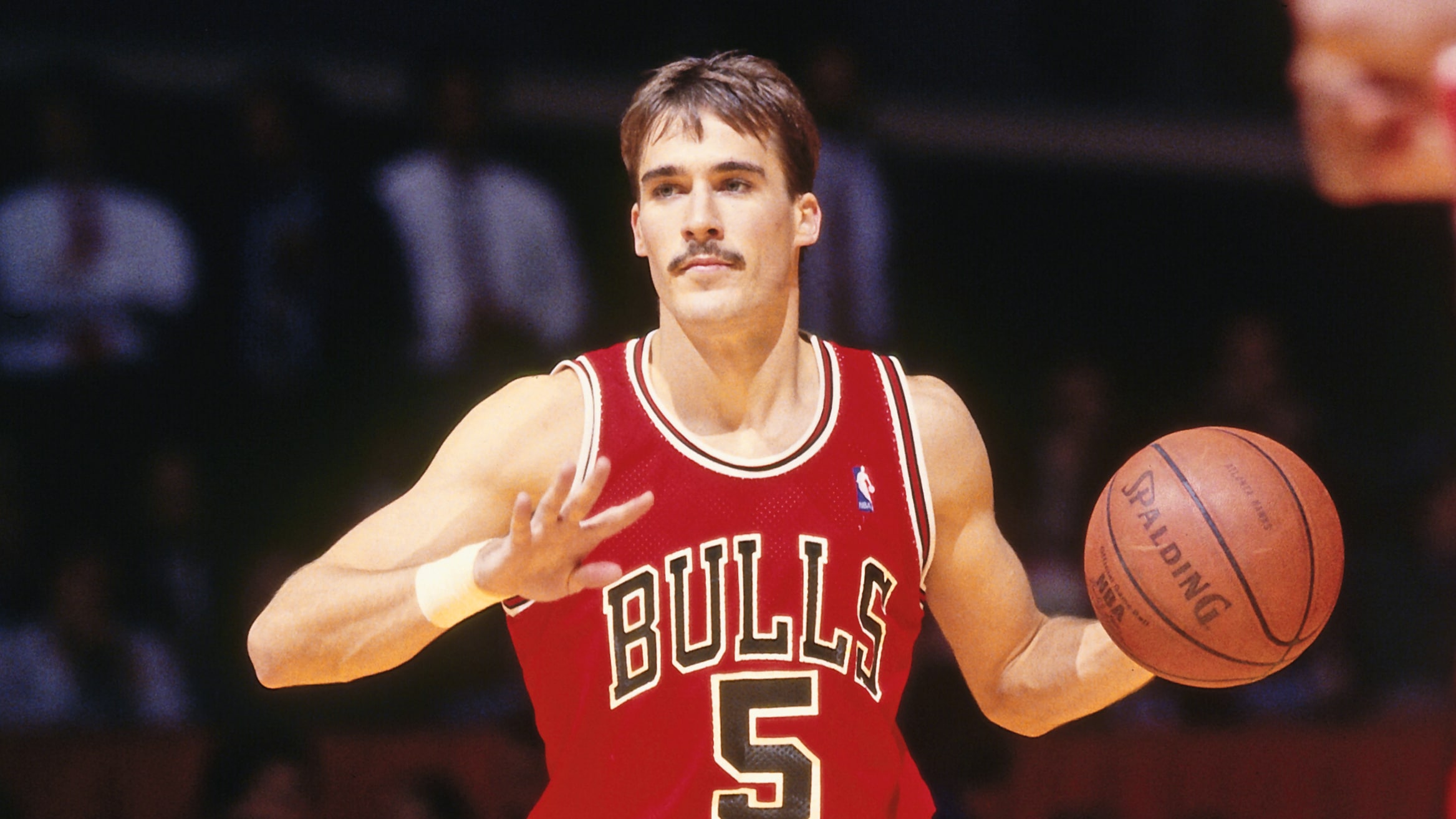
John Paxson
The “Shot” is Bulls lore, Michael Jordan’s winner in 1989 that kick started the Bulls race to six-championship dynasty status. John Paxson? Yeah, he had several of them. Like, of course, the three for the three-peat, Paxson’s slow pulse 24 footer with 3.9 seconds left that proved the difference in the crucial 1993 Game 6 in Phoenix. No big deal, at least to John Paxson, who with even Michael blinking with the Bulls first championship slipping away in Game 5 in Los Angles in 1991, Paxson relieved a relieved Jordan and made five baskets to enable the Bulls to finally unburden themselves of those massive burdens. “He’s had a way of breaking other teams’ hearts by hitting that jumper in the clutch ever since he’s been here,” Jordan would say about the man he called his favorite Bulls teammate. That was the kid from Kettering, Ohio always chasing his big brother, like the Beaver and Wally, right from their suburban driveways to the NBA, where little John became one of the greatest clutch shooters in Bulls history. Paxson’s winners in 1991 and 1993 were some of the biggest shots in franchise history, but hardly flukes. Paxson was a career 50 percent shooter, and you know he wasn’t getting many dunks. He led the NBA in shooting in the Bulls inaugural 1991 championship season and had the league’s best three-point percentage in the third title year despite coming off the bench when B.J. Armstrong took his starting job. Clutch in the NBA is the playoffs, John Paxson didn’t disappoint, shooting at least 53 percent from the field in each of the first three championship playoff runs and an astounding 63 percent from three in the 1993 playoffs. Against the mighty Lakers in the 1991 Finals, he shot 58 percent from two and nine of 12 in the clinching Game 5. This from a player whom the Bulls did everything to replace, virtually every season bringing in a new guard from Steve Colter to Rory Sparrow, Sam Vincent, Craig Hodges and drafting Armstrong. Which was another reason Jordan said he trusted Paxson more than anyone the way Paxson, like Jordan, fought off every challenge to remain in position to make some of the biggest shots in NBA history. The Notre Dame product went on to join Phil Jackson’s staff as an assistant with the 1996 championship team, joined the radio broadcast team with Neil Funk and then became general manager replacing Jerry Krause. In that role, Paxson revived the post-Jordan Bulls by putting together two of the grittiest teams of recent Bulls memory with the likes of Kirk Hinrich, Ben Gordon, Luol Deng and Andres Nocioni that would sweep the defending champion Miami Heat in the first round in 2007 and then Taj Gibson and Joakim Noah before grabbing the draft brass ring and Derrick Rose that led to consecutive seasons leading the NBA in wins and an Executive of the Year designation when he moved up to lead basketball operations. Paxson remains a senior advisor in basketball operations in a 40-year career with the organization during which he’s been a vital part of virtually every major success of the organization.
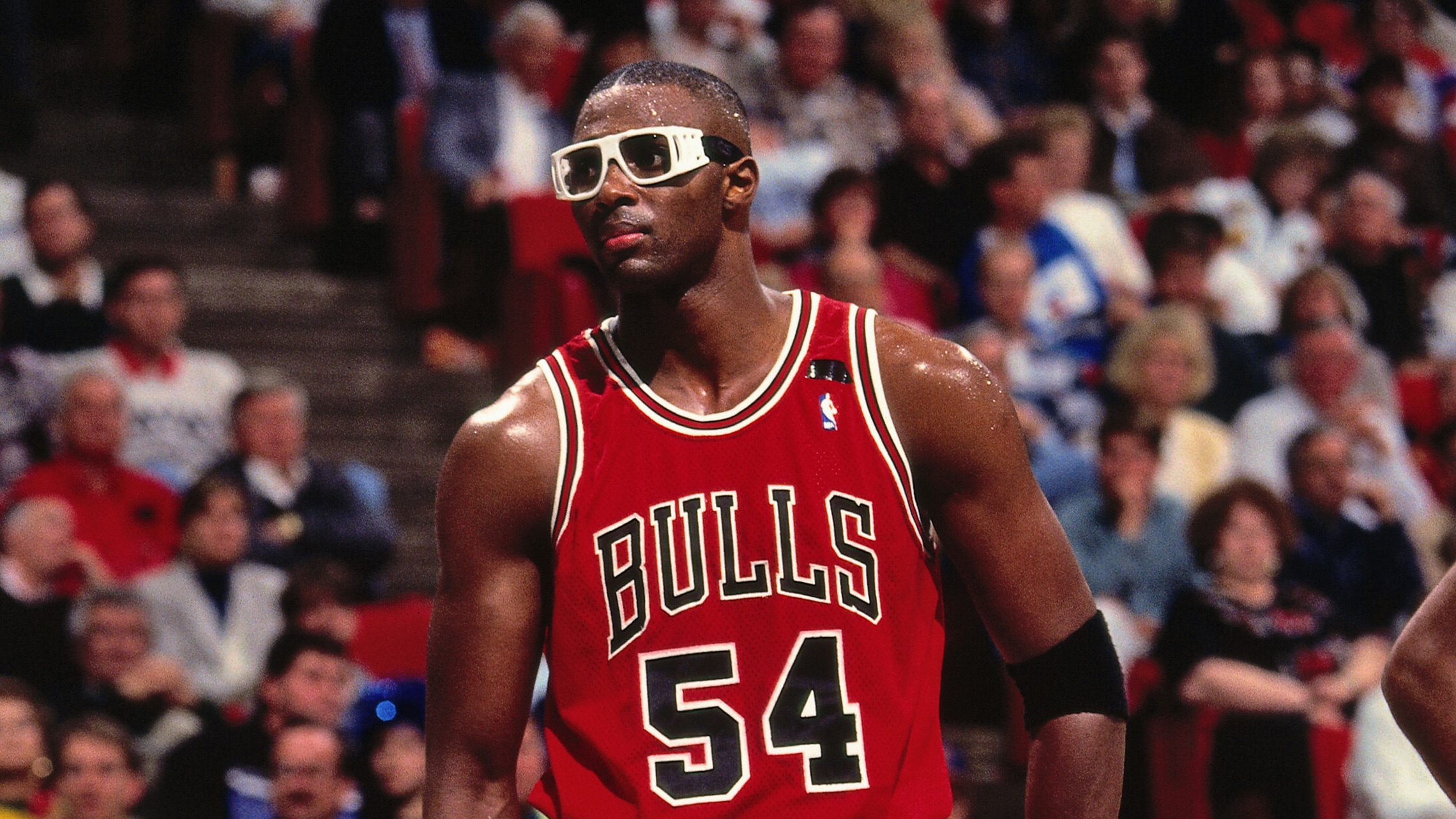
Horace Grant
It was a Big Three, and Horace Grant was a big part of it. Just as Chris Bosh was with the Miami Heat, James Worthy with the Los Angeles Lakers and Robert Parish with the Boston Celtics. But when you’re with Michael Jordan, he’s the sun that tends to put so many in the shadows. So when the Bulls finally were rampaging through the Pistons and Celtics and Knicks and Lakers and Trailblazers and Suns, there was Michael and Scottie, Batman and Robin, and almost as if the other guy was the butler. Though perhaps the importance of Horace Grant, a four-time all-defense player and All-Star, wasn’t appreciated as much until Jordan was gone, onto his baseball hiatus. Grant shifted the balance of power in the Eastern Conference signing as a free agent with the Orlando Magic, and he then led the Magic to the Finals defeating the Bulls in Jordan’s return. Phil Jackson explained the Bulls weakness then as the lack of a power forward, which eventually led to the trade for Dennis Rodman and three more championships. Grant went on to reunite with Jackson’s Lakers to add a fourth championship to his resume. But it was uncertain how many of those first three the Bulls would have had without Grant. He was the ultimate grunt going into battle for the generals like Jordan and Pippen. The Bulls secret sauce in that era of the first three championships was often obscured by Jordan’s scoring brilliance. But it was their elite defense that often tipped the balance their way thanks to perhaps the best ever perimeter defenders at their position in Jordan and Pippen, and at the time the most athletic interior defender in Grant. It was the kid from rural Georgia who played those 94 feet. It was Grant in the Bulls fabled Doberman Defense who harassed the inbounder and then sprinted full court to not only protect the basket with Bill Cartwright but cover the lanes when Jordan or Pippen missed the steals that led to so many of those highlight fast break slam dunks. Those three flashing around the court thwarted and intimidated opposing offenses like no other while the slender Grant also was matched up against the power forward behemoths of the era, like Karl Malone, Charles Barkley, Shawn Kemp, Dale Davis, Kevin Willis, Derrick Coleman, Larry Nance and Rodman while also averaging double figures in scoring 10 consecutive seasons as one of the elite two-way players of the era. During his Bulls championship seasons, Grant also has multiple games of at least 30 points and 15 rebounds. Grant returned to the Bulls as an ambassador and special advisor to team president Michael Reinsdorf.
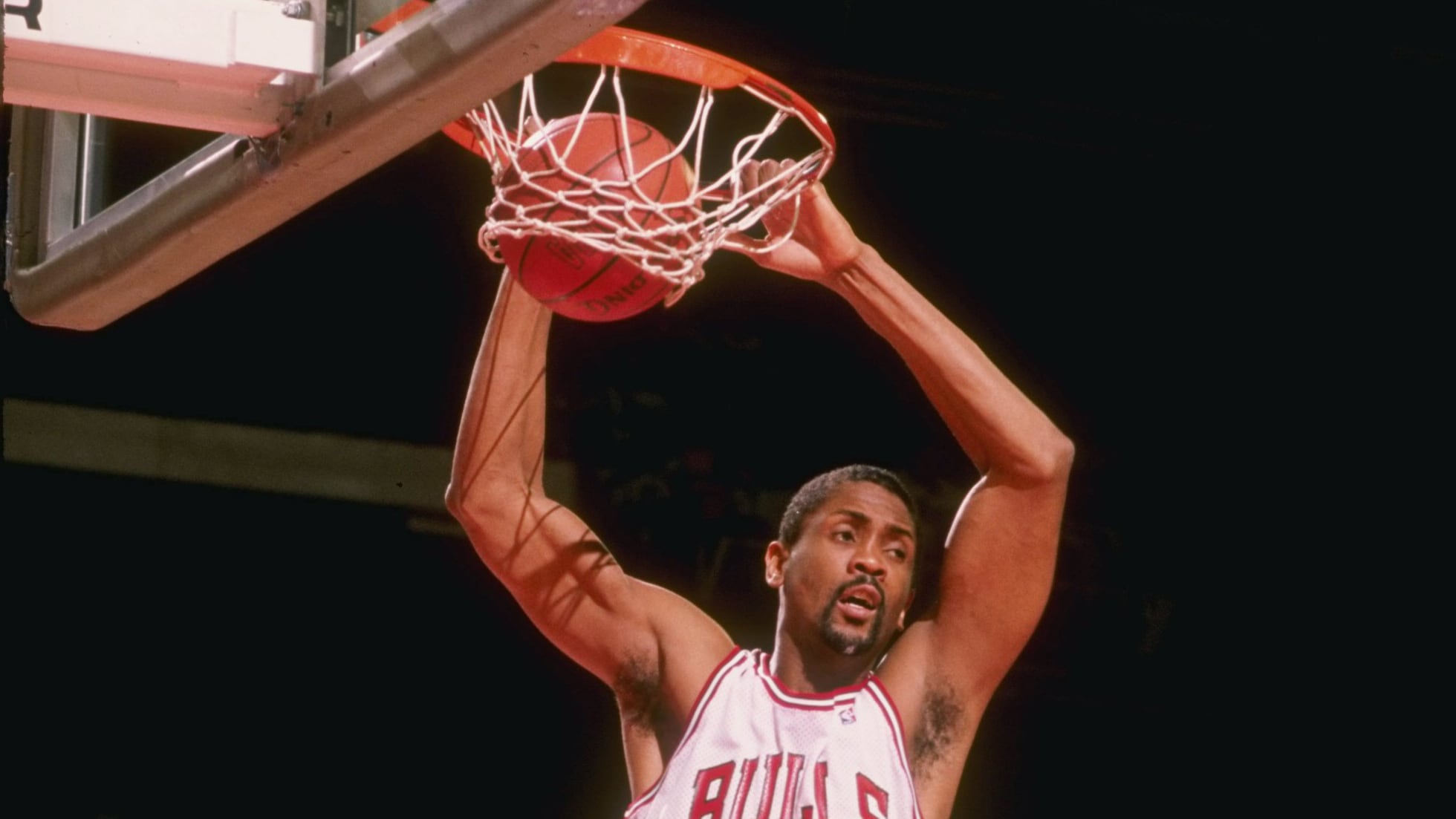
Bill Cartwright
He became the quintessential final piece of the championship puzzle when the Bulls acquired him for the popular Charles Oakley just prior to the 1988-89 season. No one was too happy about it at the time, least of all Michael Jordan because Oakley often was the shield to repel the sharp backstabbing swords of the Bad Boys Detroit Pistons. But Bulls coaches and General Manager Jerry Krause understood there was no getting through the Eastern Conference and space eaters like Patrick Ewing, Brad Daugherty, James Edwards and Robert Parish without a mighty redwood from California. An Oak just wasn’t quite enough. The mild mannered Cartwright, who courted chess and the guitar, hit the right notes to help checkmate Bulls opponents. “Bill plays like a gentleman,” one opposing coach once said, “but not a nice guy.” The 7-1 Cartwright from tiny Elk Grove, California and the University of San Francisco stared down the bullies—elbowing them out of the way, as it were—and the Bulls during his playing tenure won three consecutive championships from 1991-93. Bill was known as “Teach” to his young teammates for his erudition about the game and life advice. And as something of an undertaker to opponents. Bill became a Bulls assistant coach on the 1997 and 1998 championship teams and coached the Bulls two seasons as the bridge from the Tim Floyd rebuilding post-Jordan rebuilding era and then handing off a developing team to Scott Skiles for a Bulls revival in 2005. Cartwright later coached in Japan and Mexico before returning to work for USF and coordinate various personal business interests from a restaurant to car dealerships.
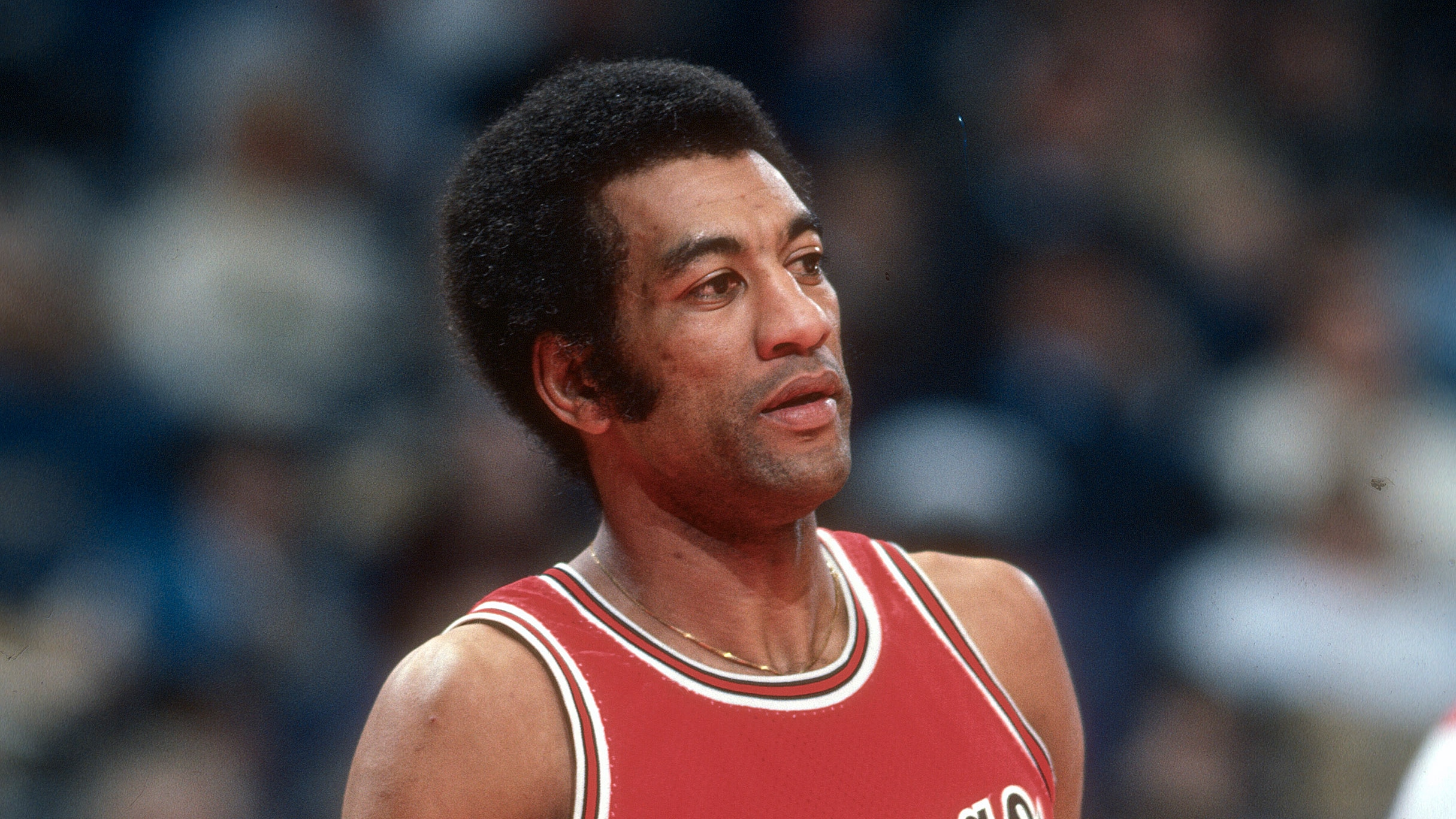
Norm Van Lier
No one—OK, maybe also Jerry Sloan—was the beating heart of Chicago Bulls basketball more than Norm Van Lier, who, by the way, with backcourt mate Sloan likely comprised the toughest defensive backcourt in NBA history. How tough was that? So tough that once in a preseason game before Van Lier’s trade back to the Bulls in 1971, Van Lier (then with the Cincinnati Royals) and Sloan got into a brawl that spilled from the court outside through the doors into the hallway. When the Bulls, who drafted Van Lier in the third round in 1969, made up for their mistake of trading Van Lier to the Royals and were arranging to reacquire Van Lier they asked Sloan. Sloan said he wanted anyone who played like that. Norm was the Sugar Ray Robinson of basketball, the toughest pound for pound, a 175-pound, 6-1 point guard who often was mentioned as the most physical player in the NBA. With Sloan, the duo to distraction harassed and frustrated the rival star backcourts of the day, like the Lakers West and Goodrich and the Knicks Frazier and Monroe. Those stars complained and Norm counseled them about 48 minutes of intensity, as he would to Chicago radio and TV audiences for years as a Bulls analyst after his playing career. “I admired Jerry from the start,” Norm once said. “My style of play was always like his. We’d both dive for the loose balls. We’d both do anything to get the ball and get two points.” Norm was eight times all-defense in a 10-year career with a final season cameo in Milwaukee. No one gave more to the game in his abbreviated time. Norm led the league in assists in Cincinnati with coach Bob Cousy’s Celtics running game and then when the Royals acquired Tiny Archibald, Norm was available and the Bulls pounced. Norm became an All-Star three times with the Bulls, top 10 in assists eight times in his career and three times in his career among the steals leaders, a statistic that wasn’t official until midway through his playing days. Before the stat was official, Norm had 10 steals in a playoff game, which remains tied (unofficially) with Allen Iverson’s all-time record. In many ways, the versatile Van Lier was a defensive version of Iverson, similarly iconoclastic and defiant as the small man with the big game. Norm was a three-sport prep star who was offered contracts by MLB and NFL teams and rejected by major colleges for football because he was the quarterback, and in those days Black players were not permitted to play quarterback. So Norm chose little St. Francis near his western Pennsylvania home and spent a sporting lifetime demanding his place, and getting it. It’s always a fight when you are smaller, and then when you were Black, and no one stood taller at 6-1 than Norm, who had some of the most legendary brawls in NBA history. In Norm’s case, routinely challenging men a foot taller. Once when with a folding chair furiously pursuing 6-9 Sidney Wicks, Norm said he was just trying to knock him down to his size. Norm’s business card was floor burns, scraped knees and elbows, a guy who might bruise your wrist with his nose. And you’d get the worst end of the deal. Which was on the court; off the court, there was hardly anyone more welcoming and hospitable. They created the character in the Cheers TV show for George Wendt, but up and down Rush Street in the 1970s, the shouts of “Norm” rang out long into the evenings. And much longer in the hearts of Bulls fans everywhere.
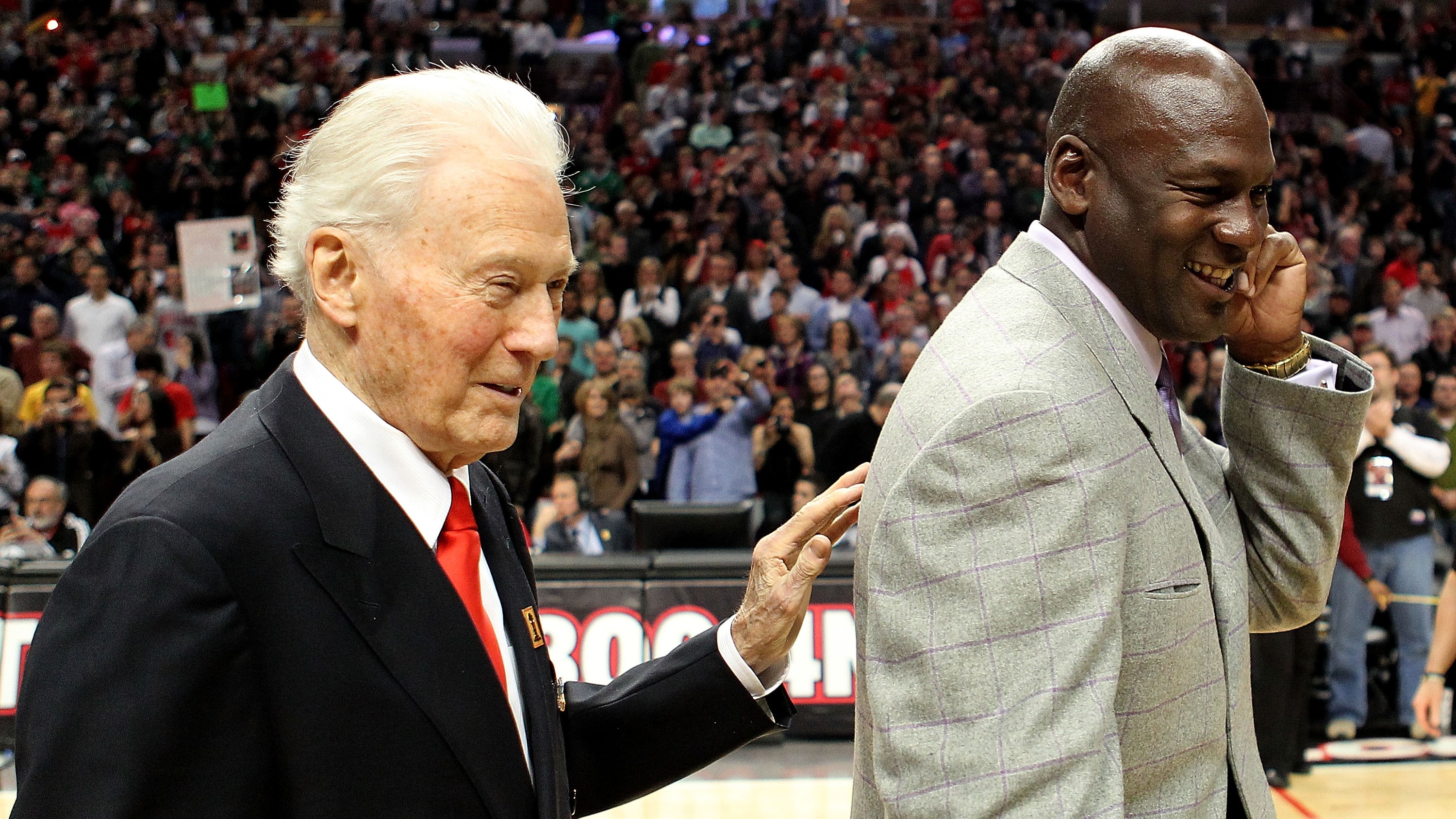
Johnny Bach
Johnny Bach was part of arguably the most legendary coaching staff in NBA history, the early 1990s three-time championship Bulls with all-time coaching record leader Phil Jackson and triangle offense and basketball rules historian Tex Winter. Which may have been among the least of Johnny’s achievements. The veteran coach who popularized the Bulls famed Doberman Defense was a decorated World War II hero. Johnny, the son of a Navy lieutenant colonel, served in some of the bloodiest battles on Okinawa and was on the ships headed for Tokyo when the atomic bombs were dropped on Hiroshima and Nagasaki. Bach was among the American force occupying and policing Nagasaki after the bombing. Johnny was a star athlete growing up in New York City, a professional baseball player who spent time as bullpen catcher for the champion New York Yankees and then as a guard for the Boston Celtics after his World War II stint. Johnny became the youngest basketball coach in Division I at 25 years old at his alma mater Fordham where he often consulted with former Fordham assistant Vince Lombardi. Johnny then coached at Penn State and in the NBA for the Golden State Warriors. That came after a stint with USA Basketball, for which he was an assistant on the famous 1972 Olympic team that most believed was cheated out of the gold medal. Bach joined the Bulls on the staff of Doug Collins, who starred for that 1972 men’s basketball Olympic team, and later coached with Collins in Detroit and Washington, the latter where Bach was reunited with Michael Jordan when Jordan finishing his career with the Washington Wizards asked Collins and Bach if they’d join him. Bach’s Bulls defense was legendary as well as his military imagery, editing clips from war movies into his game films and famously posting on the pregame board the ace of spades, the military sign for death in the battlefield, as the Bulls faced those fabled battles with the Detroit Pistons. Horace Grant, who longed to be a Marine growing up in rural Georgia, became a Bach protégée as Grant grew into the power forward force the Bulls needed to face their brutal Eastern Conference opponents of that era. Johnny also was a licensed commercial pilot and became a painter of watercolors and had his work featured in a gallery exhibit. Following his NBA coaching career, he was a volunteer coach at St. Ignatius and Fenwick high schools and the Rehabilitation Institute of Chicago, where he coached wheelchair basketball teams that played at the United Center. Johnny truly was one of those who made it a greatest generation, for both the Bulls and the United States.
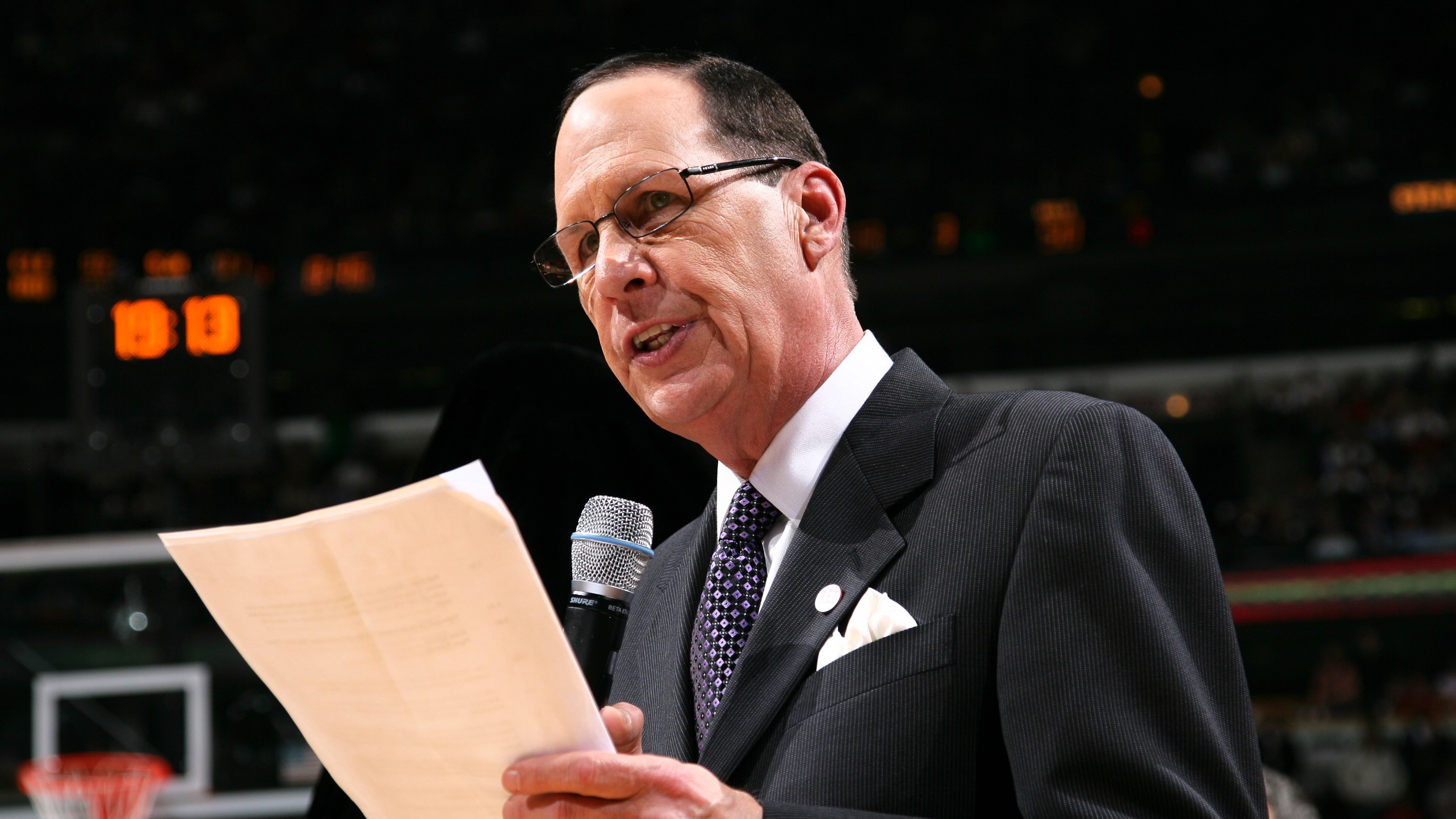
Neil Funk
You know them just from their catch phrases. There’s “Yes!” and “Bang!” There’s the “Rack Attack!” And “Holy Cow!” Going back some there was “Hey, Hey! How About That!” And “Oh Doctor!” And right there for Bulls fans for almost 30 years on radio and TV, through five NBA championships, Derrick Rose’s high flying amazing and Joakim Noah’s Cleveland travelogue there was a “Ka-Boom!” And maybe if you were lucky a “Ka-Ka-Ka-KaBoom!” Neil Funk for 17 years on radio—seven with John Paxson— and another dozen or so on television for the Bulls became the voice synonymous with the historic success of the dynasty Bulls and the succeeding years that included feisty and fabulous teams with the likes of Rose, Joakim Noah, Luol Deng and Kirk Hinrich. Though Funk was accustomed to excellence having been the play-by-play voice for the 1977 Philadelphia 76ers when they lost in the 1977 NBA Finals and then for the championship Moses Malone and Julius Erving 1983 Fo, fo, fo 76ers. Neil had the verbal brush strokes, but he also had game. The multiple Emmy award winner was an all-city shooting guard growing up in Indianapolis and then a successful walk-on guard for a Syracuse University team that included future Hall of Famer Dave Bing. Neil eventually decided to tell the story rather than being the story and it’s filled a book of memories.
The contents of this page have not been reviewed or endorsed by the Chicago Bulls. All opinions expressed by Sam Smith are solely his own and do not reflect the opinions of the Chicago Bulls or its Basketball Operations staff, parent company, partners, or sponsors. His sources are not known to the Bulls and he has no special access to information beyond the access and privileges that go along with being an NBA accredited member of the media.
